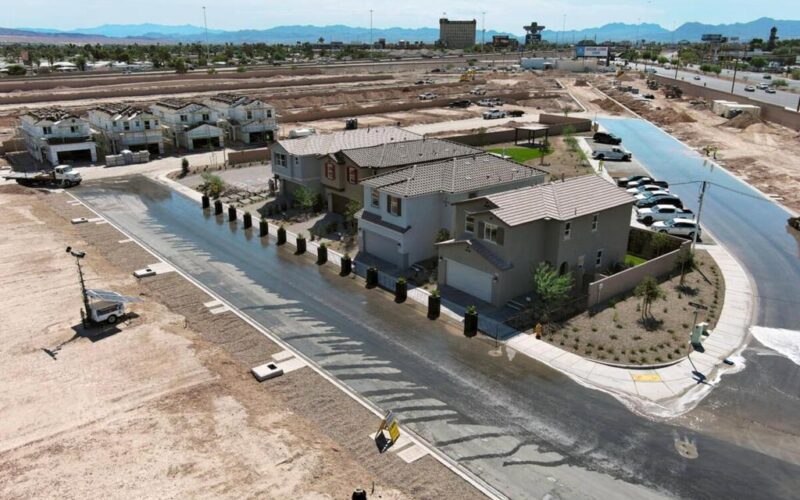By Tim Henderson, Stateline.org
Young homebuyers have been priced out of the market even more than previously, according to a report released Nov. 4 by the National Association of Realtors.
“As a result of decreased housing affordability and limited housing inventory, potential first-time buyers retreated further from the housing market,” the report stated, comparing homebuyers between July 2024 and June 2025 to previous years.
The share of first-time homebuyers dropped to a new low of 21% of all buyers, and the median age of those first-time buyers increased to 40, up from as low as the late 20s in the 1980s.
Older repeat buyers with cash offers and large down payments now dominate the market, according to the report. Repeat buyers had a median age of 62, the oldest in the report’s 44-year history.
Among the states trying to help first-time buyers: Florida, which offers mortgages and down payment assistance, and Michigan, which has exhausted the funds in the first-generation, first-time buyer program it announced in February.
In October, Utah Gov. Spencer Cox, a Republican, said he plans an “aggressive” approach to zoning changes to create 35,000 starter homes aimed at first-time buyers, including a state preemption of local rules, though similar state laws failed earlier in the year.
“I don’t want my grandkids to be in Indiana,” Cox said in a recent speech, saying one of his sons was considering a move there to find a more affordable house.
Convenience to work location continues to decline as a reason for choosing a neighborhood in which to buy. It’s down to 31%, from 34% last year and 46% before the pandemic in 2019, despite recent increases in employer demands to work from the office, according to the new Realtors report.
The reasons most buyers cite for choosing a home are quality of the neighborhood (59%) and convenience to friends and family (47%).
This fall, the federal government shutdown also might be affecting potential buyers if they are trying to purchase a home in certain flood zones, because new government flood insurance contracts are suspended, according to the National Association of Homebuilders. That could leave new homebuyers in some areas unable to close or exposed to risks in high-risk states such as Florida and North Carolina, according to Realtor.com. In other cases, homebuyers might have to turn to costlier private insurance.
The overall cost of buying a new home is near all-time highs, with monthly payments for the median-priced house consuming almost half the median household income in August, according to the Federal Reserve Bank of Atlanta. The last time it was below an affordable 30% was in 2021.
Prices have been rising fastest in the Midwest because of the region’s relative affordability, and in the Northeast because of the scarcity of homes for sale, according to an August report by the National Association of Realtors. Florida, Texas and other Southern states have seen price decreases because of new home construction, according to that report.
Median sales prices in the second quarter ranged from $146,000 in Decatur, Illinois, to $2.1 million in California’s Silicon Valley, according to the same report.
Governments and financial institutions are continuing to roll out programs they say can help. In September, New York state announced a plan to build starter homes to be built with manufactured components on vacant land owned by nonprofit land banks for the purpose of building affordable housing and other community needs.
California’s Dream For All program offers up to $150,000 for down payments or closing costs to first-time, first-generation homebuyers, though applications are closed until 2026.
And the Federal Home Loan Bank of Cincinnati expanded a program giving $25,000 for down payments to first-time, first-generation homebuyers. The program started in Kentucky and expanded to western Tennessee counties.
©2025 States Newsroom. Visit at stateline.org. Distributed by Tribune Content Agency, LLC.








